Jasmine Birtles
Your money-making expert. Financial journalist, TV and radio personality.

Enjoy spending your evenings crafting beautiful fabric creations? Well, why not use your sewing skills to make some extra cash?
Not only will this allow you to practice and perfect your craft, but it could also be a great way to earn a living from home.
Here are a few ways you can make money from sewing:
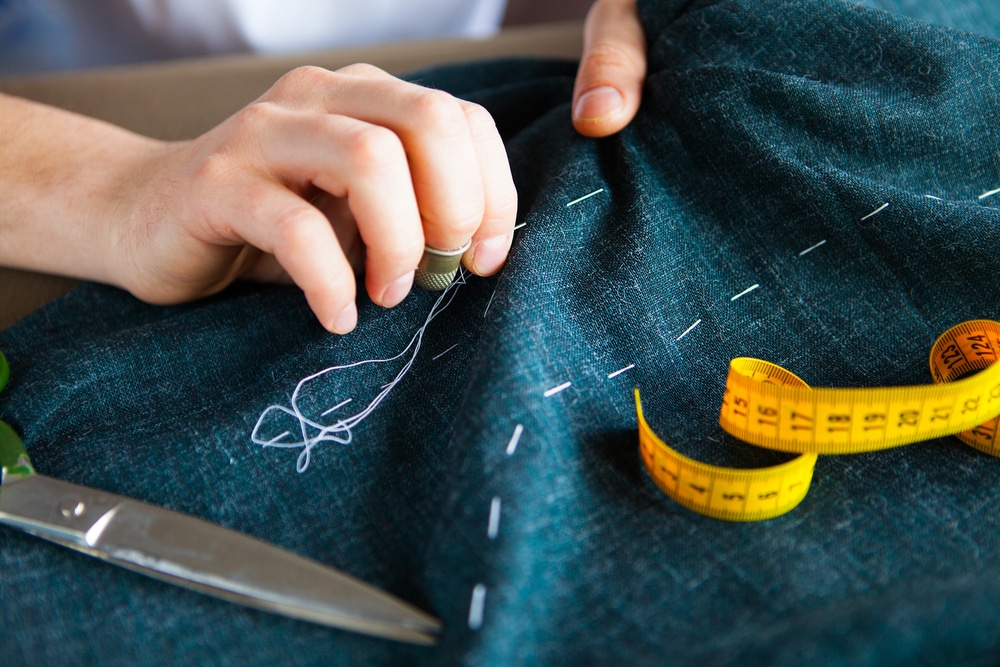
If you don’t have much time on your hands, you could always start small by fixing and tailoring clothes for other people in the evenings or over weekends.
Reach out to neighbours, friends and family members to tell them about your fledgling business and offer them a special price. If they’re happy with your work, they’ll let other people know and soon you’ll having a roaring trade on your hands.
Just a few tips for starting out:
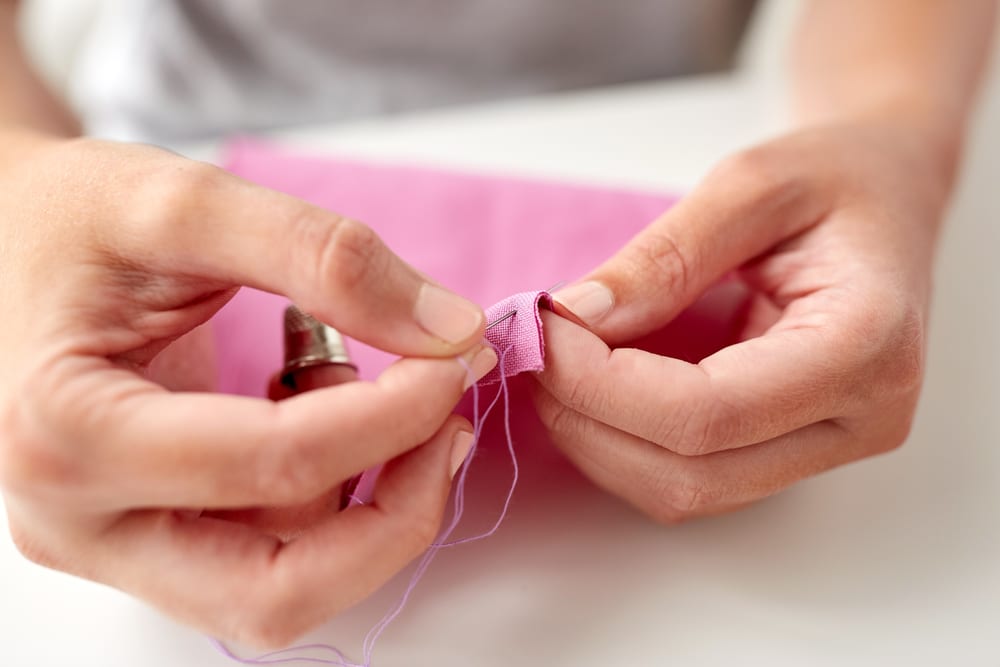
If you’re an advanced seamstress with a couple of qualifications behind your name or just many hours in front of the sewing machine, you could consider making garments and selling them.
There are a few ways to go about this:
This would typically involve receiving an order from a client for a specific event. What’s fun about sewing to order is that you will make a range of different garments for a range of different people – from wedding dresses to Halloween costumes.
In order to do this, you will have to invite the prospective client for a consultation, discuss what they have in mind, make a few drawings of what you both envision and take their measurements. In most cases, it would be wise for them to provide you with their fabric of choice. However, if they trust your judgement, you may have to accompany them on a fabric shopping spree or do it yourself.
Once all of this is in place, you can start sewing and arrange for a few fittings to make necessary alterations. As with many other businesses, you may find yourself busier at certain times of the year than others. Keep this in mind when planning and budgeting.
If you’ve always dreamed of having your own clothing line, it’s never too early or too late to start one. Unlike sewing on order – where you’re essentially realising someone else’s ideal outfit – you have full creative license.
It is, however, a good idea to keep an eye on the latest trends, just to ensure that you’re sewing garments people will actually want to buy. Of course, you can narrow down your offering to a certain style or clothing type – maybe vintage-looking dresses or tailored jackets.
A few things you should consider when designing your own range:
Keep in mind the fact that designing and selling your own range is very competitive, hard work and the business is full of sharks. However, if you keep it niche, build a community and look to sell to larger organisations (like department stores) you can create a business for yourself.
(Originally we put ‘seamstress’ here but it’s good for men as well as women!).
If you’re confident in your sewing skills, but not quite prepared to go on your own just yet, you could always start out as a professional seamstress.
Many designers don’t have the time to attend to all facets of production and often employ people to take on specific tasks – from cutting fabric to sewing garment pieces together.
While it may seem far less glamorous than creating your own line, but it’s a great way to learn about the ins and outs of the fashion trade.
Another exciting avenue you can explore with your sewing abilities is to become a pattern tester for a designer.
Even though a designer is normally the first person to sew up the garment they designed, they will need a few sets of hands and eyes to help them smooth out any rough edges or issues.
If you enjoy the challenge of sewing all sorts of different garments on a regular basis, keep an eye out for any calls for testers. A good place to look would be large brands that make and sell patterns, as well as smaller independent pattern-makers. While the latter may not pay as much, it would definitely be easier to start out small.
The most important thing you need to qualify as a pattern tester is a stellar portfolio of your best sewing work. Be sure to include detailed photographs, showing off just how carefully you work.
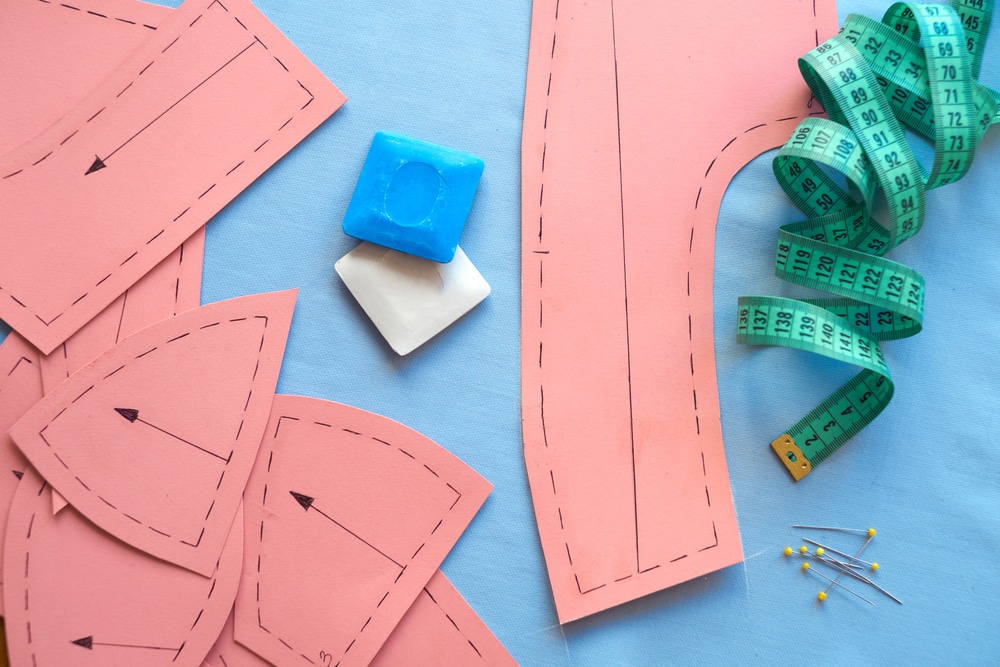
If you love the process of developing a pattern even more than you do the act of sewing, this one’s for you.
Pattern-making is probably the most sought-after skill in the sewing business, as you need an eye for detail, a flair for design and the discipline not to cut any corners.
So, if that sounds like you, you may want to consider turning it into a job by either:
Where once sewing enthusiasts had to purchase pre-packaged patterns at the fabric shop or through a magazine subscription, the internet has opened up a whole new world of possibilities. These days, you can work independently and sell your patterns online in the form of a downloadable PDF document.
If you’re serious about your copyright – and you should be – make sure you have a clear disclaimer warning people against resale of the pattern, as well as selling any garments made from the pattern.
Check out Sew Over It for an example of how you can run your own pattern-making business.
Alternatively, you could work as a pattern-maker for a clothing label or fashion house and learn more about the trade as you go.
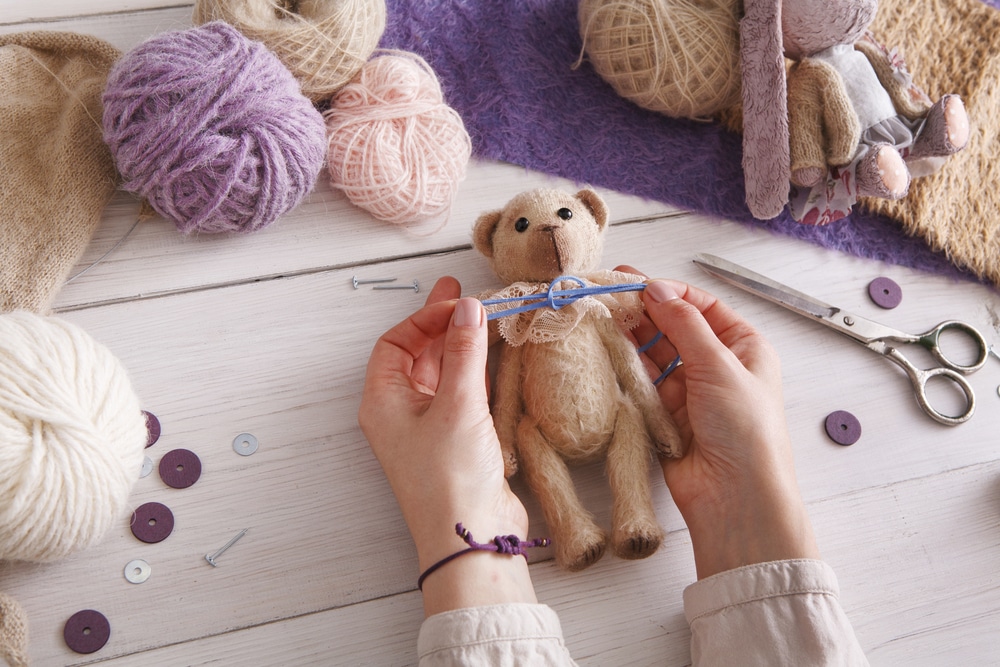
If you don’t really have a fascination with fashion, you can still make some extra cash by sewing in other ways. For instance, by making cute and cuddly soft toys for kids.
In fact, with the renewed passion for all things bespoke and hand-made, there has never been a better time to create unique and homely custom toys.
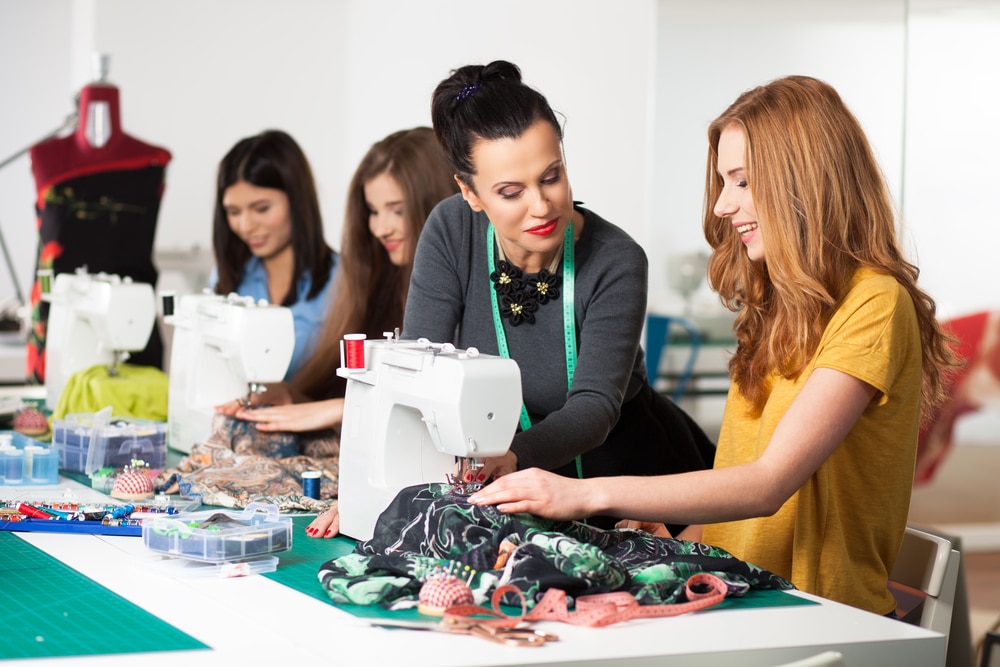
Finally, if you enjoy working with people, consider becoming a sewing teacher.
You can keep it small, by only offering one-on-one lessons from the comfort of your own home. Or you can go big – rent out a studio space, get hold of some extra machines (you might be surprised how many people are willing to donate), buy some cheap practice fabric in bulk, stock up on the basic equipment students might need and work out a schedule of different types of classes you can present.
Some ideas include:
Check out this directory for more ideas and the general pricing guidelines.
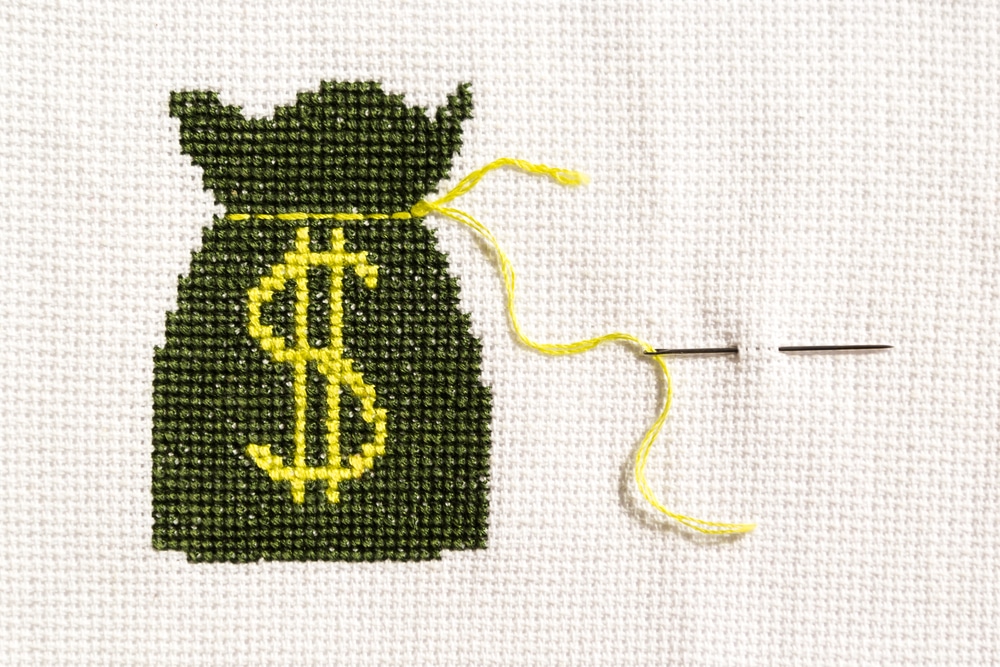
Of course, the amount of money you can expect to make with sewing, depends greatly on the type of business you run.
Here’s a quick run-down of what you can charge for each service:
Fixing and tailoring clothes: you can charge between £2 (for something basic like sewing on a jean stud) to £20 for big jobs like altering a ball gown.
Making clothes to order: this depends entirely on the item you’re sewing. The most important thing is that ALL your costs and time is covered. A good guideline to use is charging 3x the cost of your materials.
Designing a range: The guidelines are pretty similar to the above, however, you may also need to work in courier costs, postage and the likes, as you will probably be selling to a much wider market.
Sewing for a designer: The average wage for a sewer in the UK is £8.79 per hour.
Pattern tester: In most cases, pattern testers do not get paid by independent pattern-makers. However, if you’re testing for a well-known designer, you should be able to charge a fee that covers your hours at least.
Pattern maker: If you’re working for a large company, you can expect to earn between £18,000 – £20,000 a year, while indie pattern-makers can charge anywhere between £2.50 and £15 per pattern.
Designing cuddly toys: As with making clothes to order, the most important thing is that ALL your costs and time is covered. A good guideline to use is charging 3x the cost of your materials.
Sewing lessons: The going rate seems to be roughly £20 per class. So, if you’re offering a short course, keep this in mind, offering the client some extra value and encouraging them to invest in something that lasts longer than just one class.
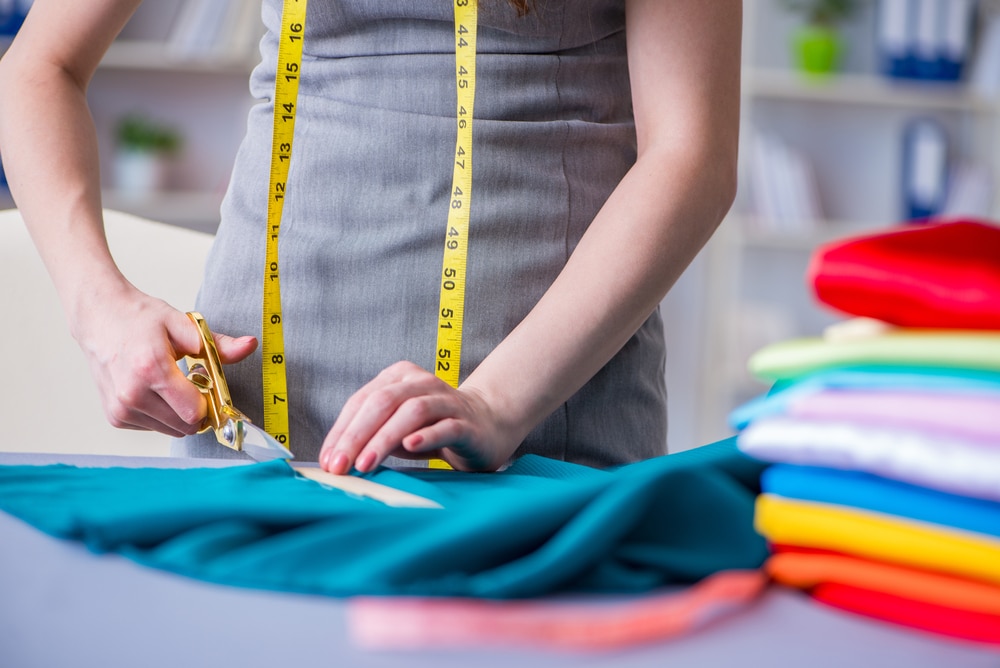
Unlike many other work-from-home jobs, starting your own sewing business actually requires quite a lot of groundwork and equipment.
You’re probably going to have to spend a fair amount to get set up. But, don’t despair – once you’re into the swing of things you’ll make it back quite soon. Also, consider approaching people for donations of equipment they no longer use to get started.
Here’s a list of items you should have at your disposal:
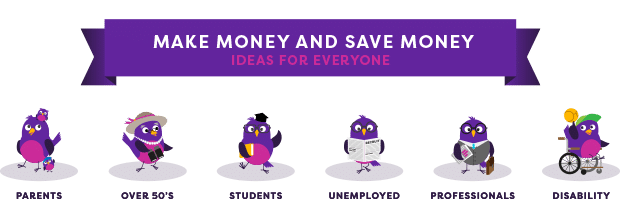

Those are some good tips for sewing. One our my favorites is using plaid fabrics from https://fabriconlinestore.com and the results are real good.
I have been sewing for over 30 years and find that the easiest way to make money sewing is through alterations and repair.
Great tips to make money if you’re a keen sewer.
Well thought out article. My girl and I are moving in together next month and we both love sewing.
Thank you Nadia 🙂
Designing clothes sounds cool.